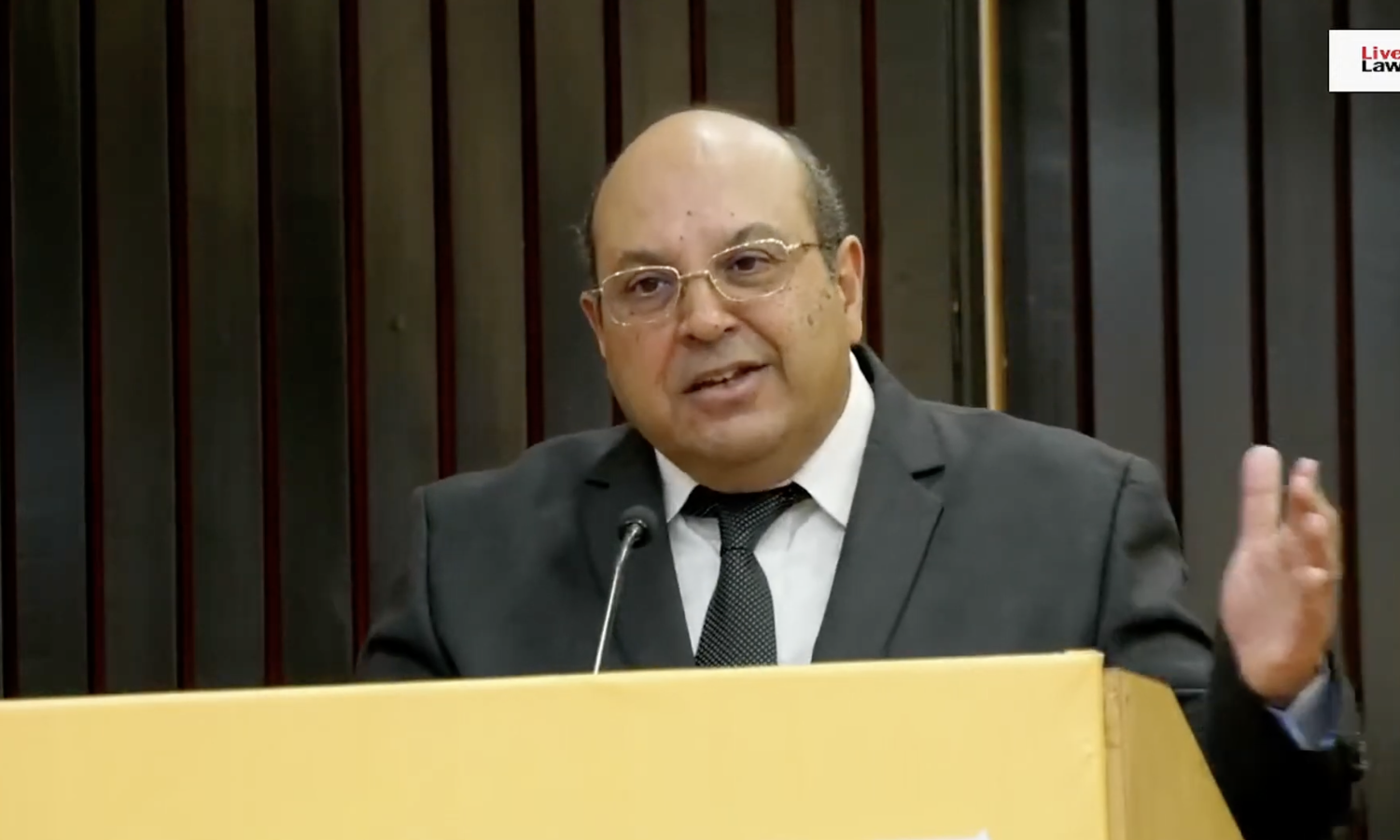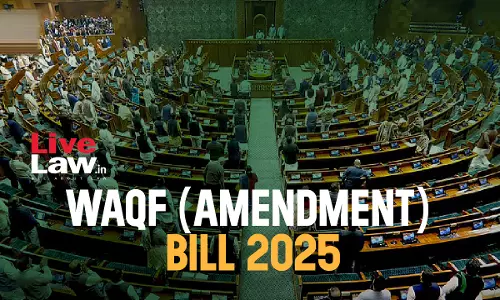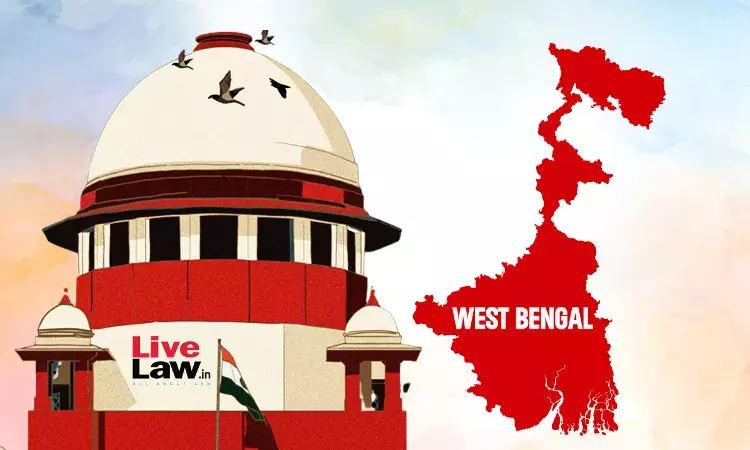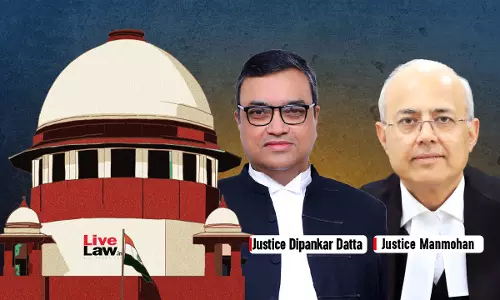'Sensitise Police That Muslims In India Are Indians' : Ex-Judge RF Nariman In Foreword To Report On Riots During Religious Processions

Sensitising police forces about the ‘Indianness’ of Muslims in the country, besides insulating law enforcement agencies from political interference, would help reduce communal tensions and promote fraternity, said former Supreme Court judge Rohinton Nariman. In a foreword to a report on the violence in many states during Ram Navami and Hanuman Jayanti celebrations in April of...
Sensitising police forces about the ‘Indianness’ of Muslims in the country, besides insulating law enforcement agencies from political interference, would help reduce communal tensions and promote fraternity, said former Supreme Court judge Rohinton Nariman.
In a foreword to a report on the violence in many states during Ram Navami and Hanuman Jayanti celebrations in April of last year, Justice Nariman wrote:
“Given the preamble and the Fundamental Duties chapter of the Constitution of India, it is of primary importance to sensitise the police force in all the states of India to these constitutional values and fundamental duties of the citizens. This can be done by first informing them that Muslims situated in India are Indians. It is important to emphasize that Indian Muslims are not a homogeneous group of people but are divided into any number of sub-groups having cultural identities identical to other Indians consisting of different religious groups. Once this basic fact is drilled into the police force in all the States, things could become much better. Also, some way must be found to stop political interference with the functioning of the police in all the states. All this should ensure a new beginning on the long and hard road to achieving fraternity, which alone ensures the dignity of every individual citizen of India and, more importantly, the unity of our great nation.”
“75 years after independence what is the State of our nation today?” Justice Nariman began. In response to his question, he cited the findings in a report titled ‘Varieties of Democracy (VDem) Annual Report 2023’ by the University of Gothenburg. According to the report, in the period from the year 1972 to the year 2020, save and except for the years 1975 and 1976 during the declaration of Emergency, and in the years 2015 and 2020, India belonged to the group of electoral democracies. All the world’s democracies were divided into four categories, namely, liberal democracies, electoral democracies, electoral autocracies, and closed autocracies, on the basis of how free these countries were. Justice Nariman noted with concern that in recent years, India has apparently slipped into the third group of electoral autocracies. “Even more significantly, this would make the state of our nation the same, given democratic values, as that which obtained in the Emergency years,” he pointed out. Then, he added that another graph indicated a constant downward movement from the years 2012 to 2022 insofar as democratic values were concerned. Apart from this, the Academic Freedom Index also showed that there was a substantial decline in the freedom to think and write as one pleases during these years, Justice Nariman said.
In this connection, the retired judge highlighted, in particular, the preambular goal of fraternity. The series of words describing the post-Independence Indian reality, namely, “sovereign, socialist, secular, democratic republic” at the very least, meant that after shaking off the British yoke, which included the divide-and-rule policy, India had chosen to be both democratic and secular, Justice Nariman asserted. He added, “This, in turn, means that the states have to maintain law and order in a neutral fashion without favouring any religious community. It also means that freedom of speech and expression alone leads to an orderly change of government by democratic means. Above all, the cardinal value of fraternity, assuring the dignity of the individual and the unity and integrity of the nation is also highlighted in the preamble to the Constitution of India.”
Besides invoking the principles and objectives enshrined in the preamble of the Constitution, Justice Nariman specifically cites four fundamental duties, namely, the duty of citizens to abide by the Constitution and respect its ideals and institutions, the National Flag and the National Anthem, to promote harmony and the spirit of common brotherhood amongst all the people of India transcending religious, linguistic and regional or sectional diversities, to renounce practices derogatory to the dignity of women, to value and preserve the rich heritage of our composite culture, and to safeguard public property and to abjure violence.
On the need to prevent ‘otherisation’ which often manifests in unfortunate ways with respect to the treatment meted out by law enforcement agencies to Muslims, Justice Rohinton wrote that first and foremost, police forces needed to be ‘informed’ that Indian Muslims were as Indian as their counterparts who subscribed to other beliefs and faiths. Not only this but that Indian Muslims are not a homogeneous group of people but are divided into any number of sub-groups having cultural identities identical to other Indians consisting of different religious groups, should also be emphasised, the judge said. He then provided a helpful illustration:
“For example, a Keralite Muslim is culturally akin to other Keralites and has little in common, culturally speaking, with his Muslim brothers in the states of West Bengal or Punjab, or globally with the Muslims in Iran and Saudi Arabia. As a matter of fact, the Keralite Muslim would have much more in common, culturally speaking, with the Keralite Hindus and Christians.”
This report by a civil society organisation, Citizens and Lawyers Initiative, has arrived at a finding that the April 2022 communal violence witnessed in as many as nine states, along with incidents of provocation and low-grade violence in three others were catalysed by “religious processions celebrating the Hindu festivals of Ram Navami and Hanuman Jayanti, followed by targeted attacks on Muslim-owned properties, businesses and places of worship”. The report has claimed that while this was not the first time India saw mob violence under the garb of religious festivities, not even the first time for Ram Navami in particular, the April 2022 violence took place on a much larger, seemingly coordinated scale than previous years. These processions have been taken over by militant ‘Hindutva’ organisations over the years, the report has further claimed. The report entitled ‘Routes of Wrath: Weaponising Religious Processions’ and edited by senior advocate Chander Uday Singh, has stated:
“Despite the increasingly violent nature of such processions in recent years – Ram Navami processions led to scattered incidents of communal violence in 2014, 2016, 2018 and 2019 – they are portrayed by the Hindu Right and mainstream media as innocuous displays of religiosity, and blame is typically assigned to those who would challenge such displays…It is important to note not only the nature of the processions and their strategies of inciting violence, but also the fact that the dates chosen for said instigation in 2022 were Ram Navami and Hanuman Jayanti, both of which fell within the month of Ramzan. This was used by right-wing institutions of the state and the media in states like Gujarat to further conspiracy theories projecting Muslims uniformly as the assailants – whereas they have suffered the most losses.”
In the prologue, CU Singh stated that instead of setting up inquiries into incidents, the authorities responded by using "bulldozers" against the homes of the accused persons.
"What has changed from the past... is the attitude of the authorities and the administration. Whereas in the first seven decades of our nationhood, Governments and civilian administrators expressed remorse, or set up commissions of inquiry to determine the causes of riots, and often announced compensation for the victims, the past few years have seen State Governments shedding the fig leaf of plausible deniability, and proudly embracing the cause of the provocateurs. Instead of an inquiry commission we now have a phalanx of bulldozers following in the wake of processionists, ready to demolish the businesses, livelihoods and homes of anybody perceived to have obstructed the procession. The civilian administration play judge and jury, pronounce the hapless people in the path of processionists guilty of being stone-throwers, the police play hangman with the bulldozers, and the municipal authorities come in to clean up the mess by post-facto declarations of encroachments, unauthorised constructions and other neat cover-ups for the demolitions".
Read the report here.




